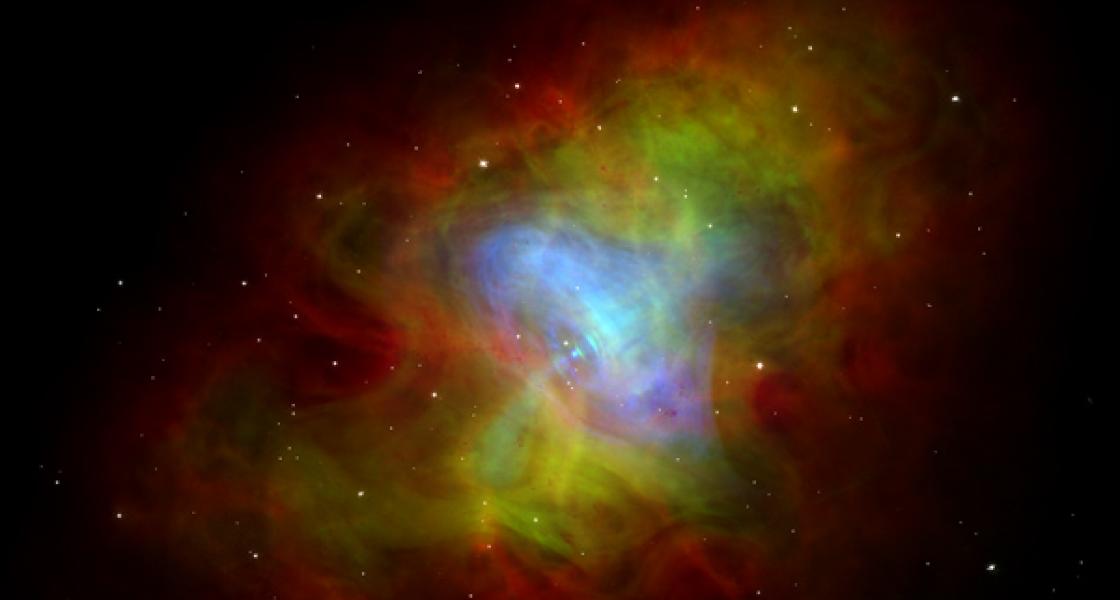Neutron stars are born in supernovae, spinning very fast. How fast they spin at birth depends on a variety of factors including the initial rotation of the star that goes supernova and what takes place during the supernova explosion. So, if you want to understand these phenomena, one place to start is by investigating how fast a new neutron star can initially spin.
Fellow Rosalba Perna and colleagues Roberto Soria (University College London), Dave Pooley (University of Wisconsin at Madison), and Luigi Stella (Osservatorio Astronomico di Roma) recently did exactly that. The researchers studied X-ray emissions from supernovae in nearby galaxies observed by the Chandra, XMM-Newton, and Swift X-ray observatories and compared them with theoretical simulations of X-ray emissions from young neutron stars. Because neutron stars emit X-rays from the time they are born until their spins slow down (when they become faint and hard to detect), the researchers were able to use observational correlations between X-ray emissions and rotational energies to determine limits on how fast new neutron stars could spin.
Perna and her colleagues showed that most newly formed neutron stars cannot spin any faster than 25–30 rotations per second. This limit is roughly 10 times slower than spin rates estimated from many radio-wave observations of older rotating neutron stars (pulsars). Theorists must now include this new limit in their models of how the cores of stars collapse and neutron stars evolve.
As they revisit the evolution of neutron stars, they may now be able to answer such important questions about young neutron stars as: How common are these objects in the Universe? How bright do they shine on average? Is the young and very bright neutron star in the Crab Nebula (shown above) just an everyday neutron star, or is it one of the brightest? - Julie Phillips



 The Physics Frontiers Centers (PFC) program supports university-based centers and institutes where the collective efforts of a larger group of individuals can enable transformational advances in the most promising research areas. The program is designed to foster major breakthroughs at the intellectual frontiers of physics by providing needed resources such as combinations of talents, skills, disciplines, and/or specialized infrastructure, not usually available to individual investigators or small groups, in an environment in which the collective efforts of the larger group can be shown to be seminal to promoting significant progress in the science and the education of students. PFCs also include creative, substantive activities aimed at enhancing education, broadening participation of traditionally underrepresented groups, and outreach to the scientific community and general public.
The Physics Frontiers Centers (PFC) program supports university-based centers and institutes where the collective efforts of a larger group of individuals can enable transformational advances in the most promising research areas. The program is designed to foster major breakthroughs at the intellectual frontiers of physics by providing needed resources such as combinations of talents, skills, disciplines, and/or specialized infrastructure, not usually available to individual investigators or small groups, in an environment in which the collective efforts of the larger group can be shown to be seminal to promoting significant progress in the science and the education of students. PFCs also include creative, substantive activities aimed at enhancing education, broadening participation of traditionally underrepresented groups, and outreach to the scientific community and general public.